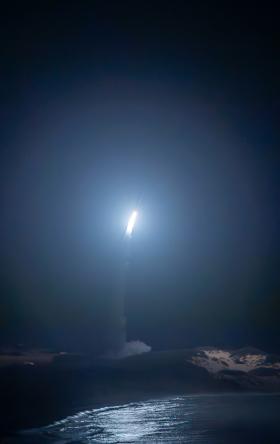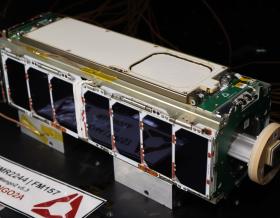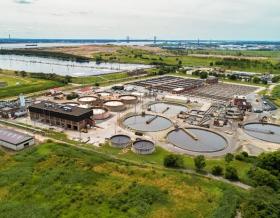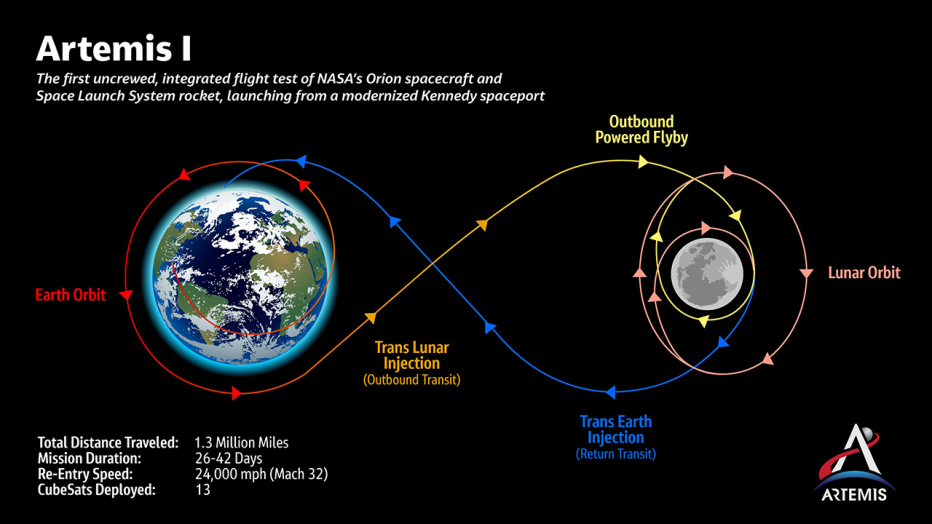
Space exploration vehicles traveling beyond low earth orbit can cover many millions of miles in every conceivable direction encountering gravitational forces combined with unbending laws of physics. In order to arrive safely at any desired planetary or moon destination, the spacecraft must follow a predetermined path called a trajectory. Using a trajectory design and optimization computer code called Copernicus, Jacobs orbital mechanics experts work closely with NASA to map out and design orbital trajectory solutions for both crewed and un-crewed missions precisely laying a pathway for missions into deep space to the moon, Mars, or other destinations and calculate a path to safely return to earth. The Copernicus tool, maintained by Jacobs, is capable of solving a wide range of trajectory profiles including planet or moon centered trajectories, libration point trajectories, planet-moon transfers and asteroid/comet destinations.
"Trajectory models will play an important role in the upcoming Artemis missions from launch through lunar surface operations,” says Jacobs Critical Mission Solutions VP and GM for NASA Johnson Space Center Joy Kelly. “Jacobs is proud to partner with NASA in providing critical flight pathways that help insure safe and efficient missions.”
To enable our journey to the moon and eventually on to Mars, the Jacobs and NASA team developed the trajectory plan for the upcoming Artemis I mission which will place a human-rated crew vehicle in lunar orbit for the first time since the Apollo missions of the 1960s and 70s. The approximate three-week exploration mission will be an uncrewed flight test of the Space Launch System and the Orion capsule. The Orion spacecraft will travel to the moon over several days during which engineers will evaluate the spacecraft’s critical systems and, if needed, correct its trajectory.
Navigating a more complex trajectory than the Apollo 8 mission in 1968, Orion will fly about 62 miles (100 km) above the surface of the moon, and then use the moon’s gravitational force to propel Orion back out into a new deep retrograde, or opposite, orbit about 40,000 miles (70,000 km) from the moon.
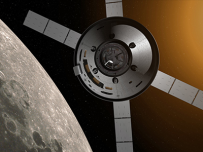
To return to Earth, Orion will orbit back around the moon (100 km) and then will use the moon’s gravitational force to propel back home. Orion will collect critical data that will allow mission controllers and spacecraft designers to assess the performance of the spacecraft.
Images courtesy of NASA






